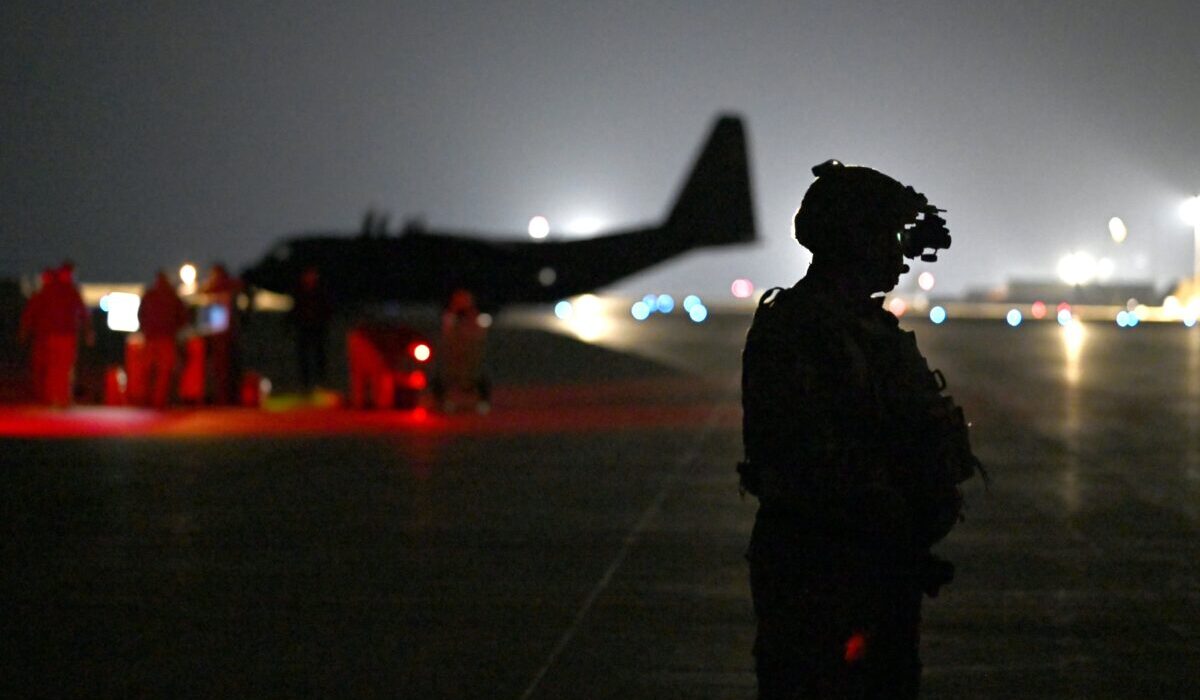The United States launched airstrikes in Iraq and Syria targeting over 85 sites associated with Iran’s Revolutionary Guard Corps and its supported militias, killing nearly 40 people. These strikes were in retaliation for a recent deadly attack on U.S. troops, Reuters reported.
Deploying long-range B-1 bombers from the U.S., these strikes marked the first response to last weekend’s attack in Jordan by Iran-supported militants. Further U.S. military actions are anticipated soon.
The strikes have escalated tensions in a region already destabilized since the outbreak of war between Israel and Hamas, following the militant Palestinian group’s attack on Israel on Oct. 7.
Iranian Foreign Ministry Spokesperson Nasser Kanaani condemned the attacks as a “strategic mistake by the United States,” predicting increased tension and instability.
Following the strikes, Iraq summoned the U.S. charge d’affaires in Baghdad to express formal opposition, insisting that Iraq should not become a battleground for international conflicts.
Iraq’s Popular Mobilization Forces, which include Iran-backed groups, reported 16 fatalities, including fighters and medics. Earlier, the Iraqi government acknowledged civilian casualties among the dead.
In Syria, director of the Syrian Observatory for Human Rights Rami Abdulrahman reported 23 deaths at the targeted sites.
U.S. Lt. Gen. Douglas Sims, director of the Joint Staff, described the strikes as successful, noting large secondary explosions as a result of the attacks on militant armaments. He acknowledged the likelihood of casualties.
Despite these actions, the Pentagon maintains that it does not seek war with Iran. This stance persists even amid increasing Republican pressure on President Joe Biden for more direct engagement.
This version adheres to AP style by ensuring clarity, conciseness, and objectivity, while also paying attention to the nuances of military and geopolitical terminology.





